Give Me Liberty 5th Edition Volume 2 - Seagull Fifth edition
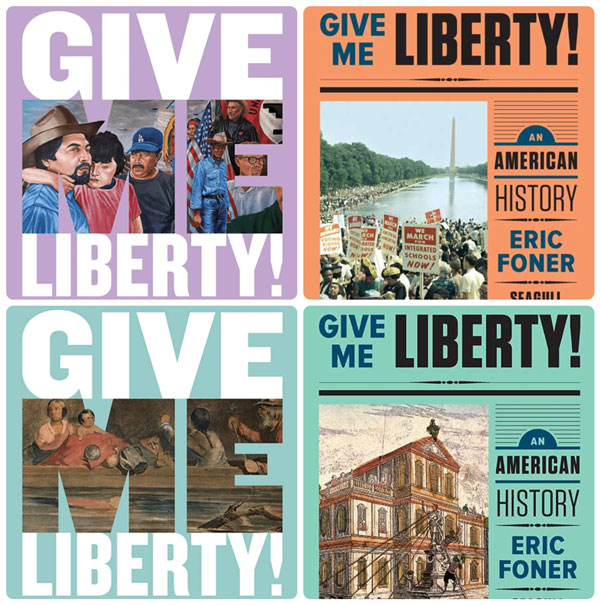

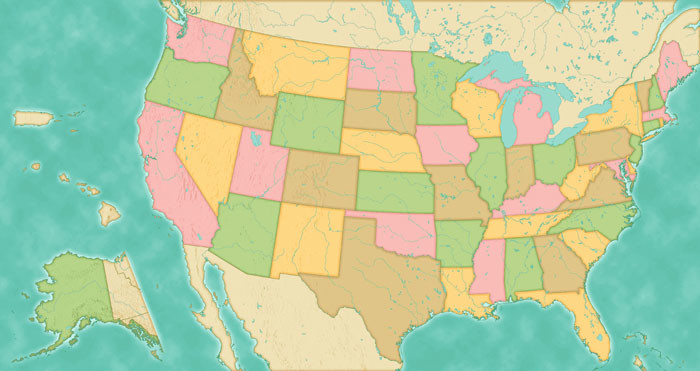
ASIN: 0393614190
Publisher: W. W. Norton & Company; Seagull Fifth edition
Language: English
ISBN: 9780393283167
PREFACE to Give Me Liberty An American History 5th Edition Volume 2
The most significant changes in the Give Me Liberty An American History 5th Edition Volume 2 reflect my desire to integrate the history of the American West and especially the regions known as borderlands more fully into the narrative. In recent years these aspects of American history have been thriving areas of research and scholarship. Of course earlier editions of Give Me Liberty! have discussed these subjects, but in this edition their treatment has been deepened and expanded. I have also added notable works in these areas to many chapter bibliographies and lists of websites.
The definition of the West has changed enormously in the course of American history. In the colonial period, the area beyond the Appalachians— present-day Kentucky, Tennessee, and western Pennsylvania and New York—constituted the West. In the first half of the nineteenth century, the term referred to Ohio, Michigan, Alabama, and Mississippi. After the Civil War, the West came to mean the area beyond the Mississippi River. Today, it is sometimes used to refer mainly to the Pacific coast. But whatever its geographic locale, the West has been as much an idea as a place—an area beyond the frontier of settlement that promised newcomers new kinds of freedom, sometimes at the expense of the freedom of others, such as native inhabitants and migrant laborers. In this edition we follow Americans as they constructed their Wests, and debated the kinds of freedom they would enjoy there.
Borderlands is a more complex idea that has influenced much recent historical scholarship. Borders are lines dividing one country, region, or state from another. Crossing them often means becoming subject to different laws and customs, and enjoying different degrees of freedom. Borderlands are regions that exist on both sides of borders. They are fluid areas where people of different cultural and social backgrounds converge. At various points in American history, shifting borders have opened new opportunities and closed off others in the borderlands. Families living for decades or centuries in a region have suddenly found themselves divided by a newly created border but still living in a borderland that transcends the new division. This happened to Mexicans in modern-day California, Arizona, and New Mexico, for example, in 1848, when the treaty ending the Mexican-American War transferred the land that would become those states from Mexico to the United States.
Borderlands exist within the United States as well as at the boundaries with other countries. For example, in the period before the Civil War, the region straddling the Ohio River contained cultural commonalities that in some ways overrode the division there between free and slave states. The borderlands idea also challenges simple accounts of national development in which empires and colonies pave the way for territorial expansion and a future transcontinental nation. It enables us, for example, to move beyond the categories of conquest and subjugation in understanding how Native Americans and Europeans interacted over the early centuries of contact. This approach also provides a way of understanding how the people of Mexico and the United States interact today in the borderland region of the American Southwest, where many families have members on both sides of the boundary between the two countries

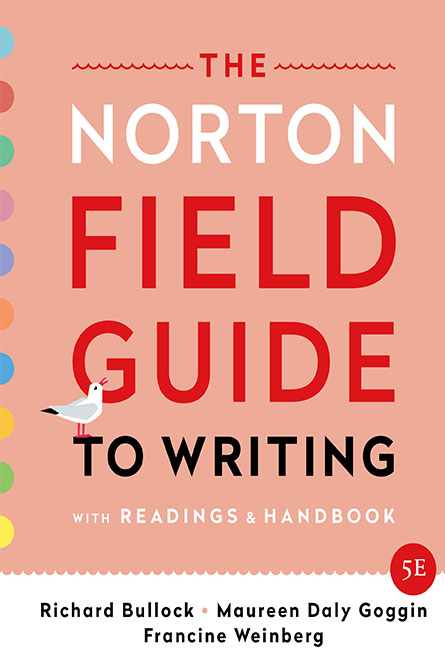
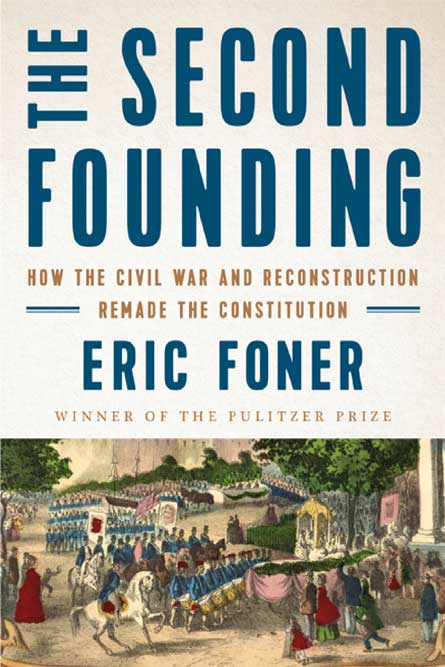

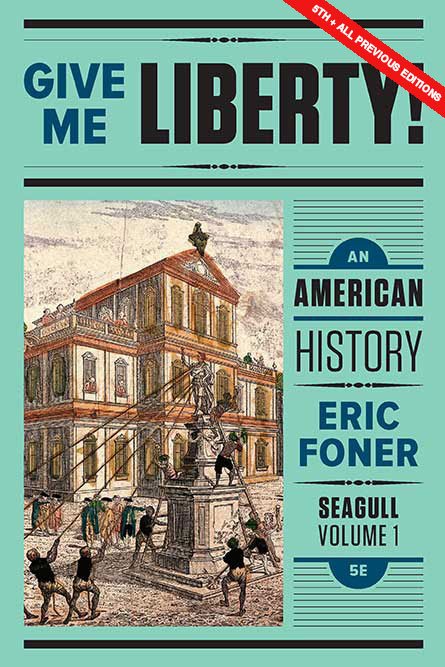
Reviews
There are no reviews yet